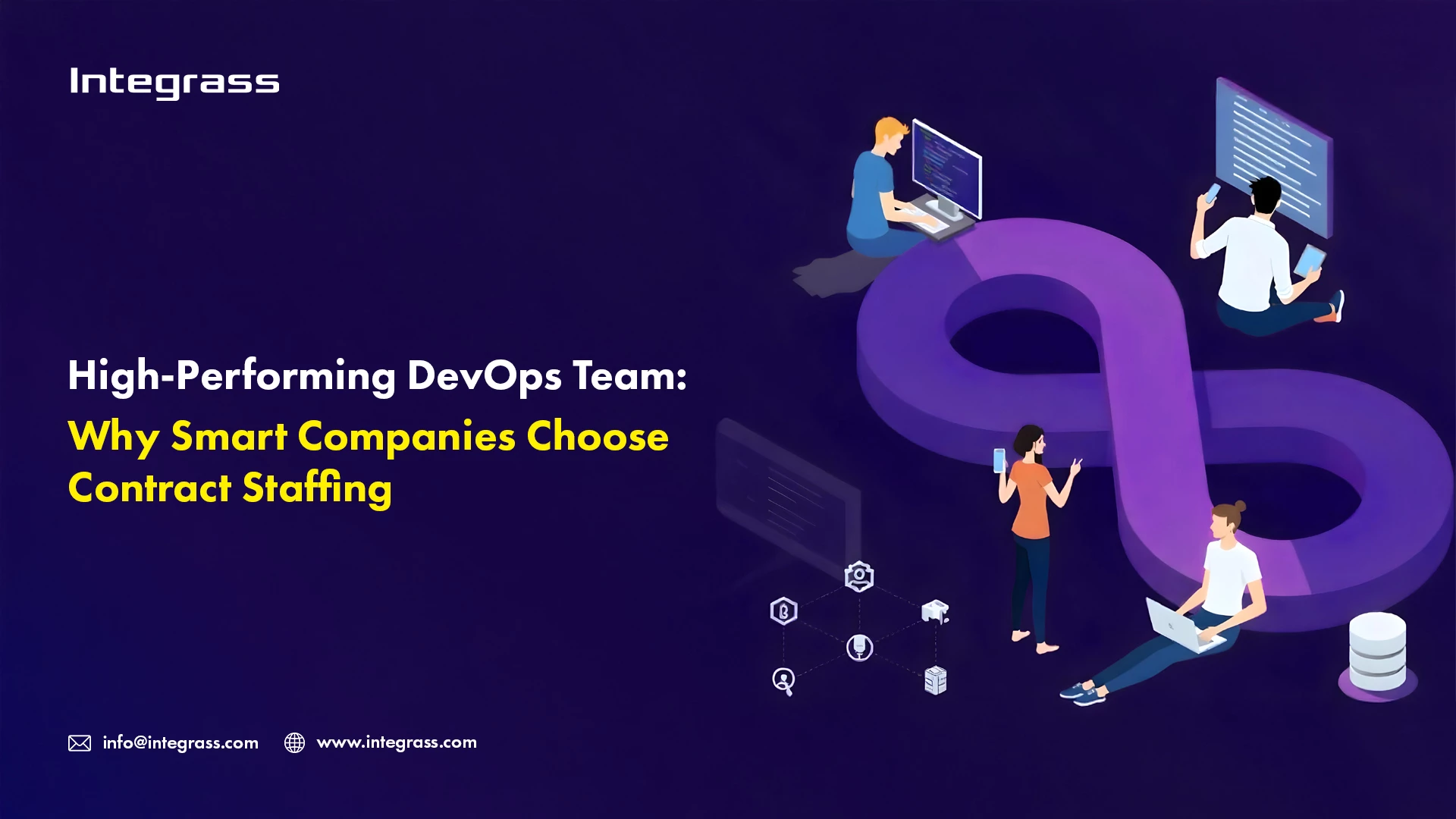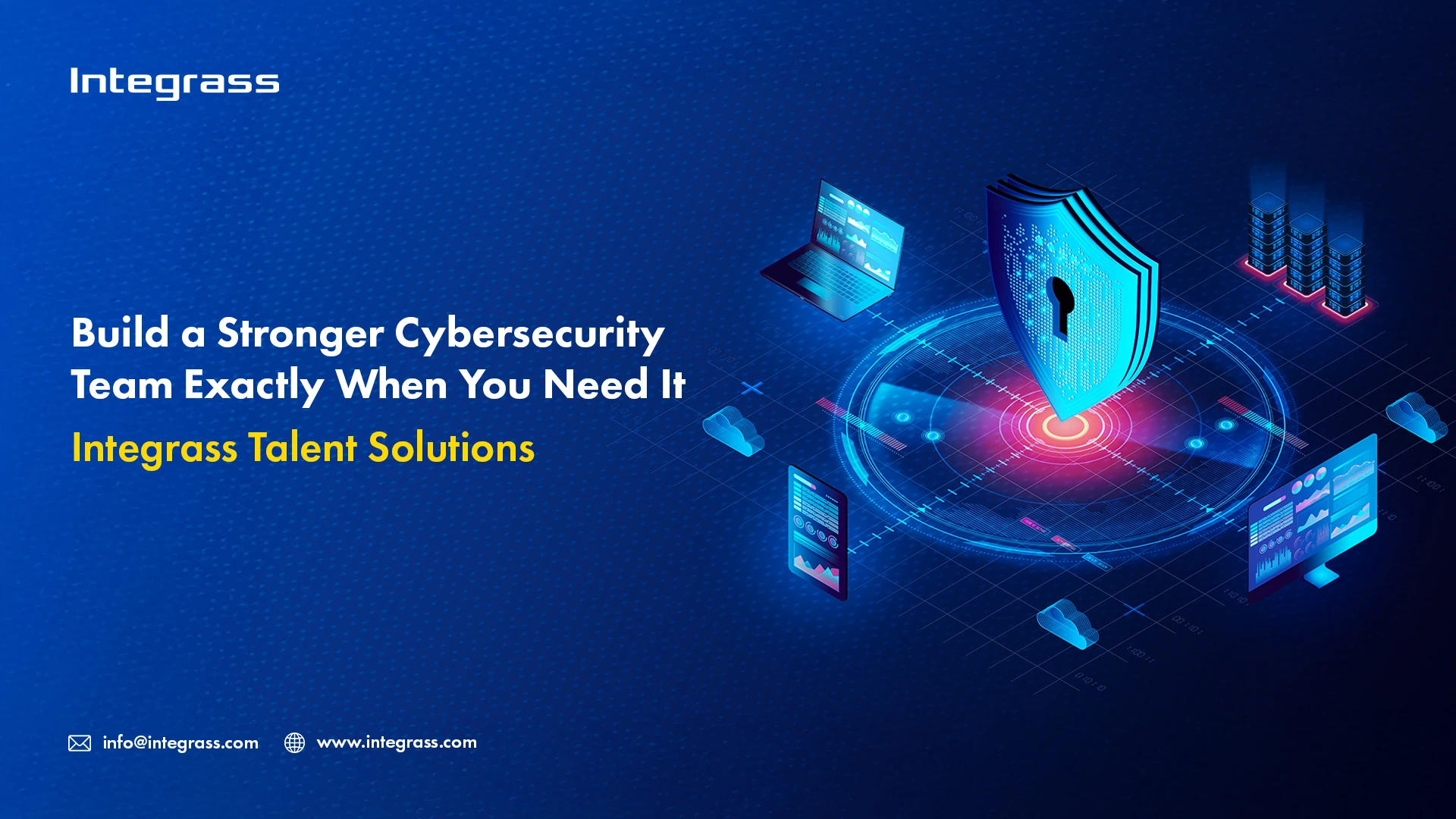In 2025, as businesses strive to maximize efficiency and flexibility, selecting the right IT resource model is more crucial than ever. IT staff augmentation services and IT outsourcing are two leading options for meeting varying business needs. At Integrass, we have over 15 years of experience helping companies navigate these choices effectively. This guide explores the distinctions between IT staff augmentation services and IT outsourcing, their benefits, drawbacks, and how to decide which approach aligns best with your organizational goals.
What Are Staff Augmentation and Outsourcing?
IT Staff Augmentation Services: This model integrates external professionals into your in-house team for specific projects or skill gaps. You retain control over project management and integration while benefiting from the additional expertise and resources.
IT Services and Outsourcing: IT Outsourcing involves contracting an external company to handle entire projects or processes. This model usually grants more autonomy to the external provider, who manages the project or process independently.
Comparing Benefits
- Control and Flexibility
IT Staff Augmentation Services:
- Pros: Provides control over your projects, ensuring that external resources adhere to your internal protocols and standards. Ideal for companies with robust project management that need temporary manpower or specialized skills.
- Cons: Requires management effort to integrate external staff, potentially straining internal resources if not managed effectively.
IT Outsourcing:
- Pros: Delegates entire projects or functions, freeing your team from the daily management of these areas. This can be advantageous for non-core activities, allowing your internal team to focus on strategic initiatives.
- Cons: Less control over the outsourced operations can lead to misalignment with your company’s objectives and quality standards.
IT Staff Augmentation Services:
- Pros: Costs are variable and align with the duration of specific projects. Avoids long-term commitments and overheads associated with permanent hires.
- Cons: Costs can escalate if the augmented staff is needed longer than initially planned or if integration inefficiencies arise.
IT Outsourcing:
- Pros: Offers predictable costs through fixed contracts or service-level agreements, simplifying budgeting. Can lead to cost savings by leveraging the provider’s economies of scale.
- Cons: Hidden costs may emerge from managing the relationship, potential rework, or service-level disputes.
- Scalability and Skill Access
IT Staff Augmentation Services:
- Pros: Access specific skill sets and scale up or down rapidly based on project needs. Effective for projects requiring niche expertise.
- Cons: Finding the right talent can be challenging, and integrating new members may affect productivity temporarily.
IT Outsourcing:
- Pros: Provides access to a broad range of skills and services through the outsourcing partner. Suitable for complex, multifaceted projects.
- Cons: Dependence on the provider’s capabilities can be a double-edged sword if they lack the necessary expertise or resources.
Making the Right Choice
The decision between IT staff augmentation services and IT outsourcing should align with your strategic goals, project requirements, and internal capabilities. Here’s how to approach the decision:
- Assess Internal Capabilities:
- Determine if your internal team can manage and integrate augmented staff effectively.
- Evaluate whether your management team can handle external contractors or if they would benefit more from the autonomous management IT outsourcing companies provide.
- Define Project Scope and Duration:
- For short-term, highly specialized needs, IT staff augmentation services are often the better choice.
- For long-term projects or ongoing functions, IT outsourcing might offer more stability and efficiency.
- Consider Cost Structures:
- Analyze your budget constraints and how each model fits into your financial planning.
- Consider the total cost of ownership, including management, training, and potential hidden costs.
- Evaluate Flexibility Needs:
- If you require flexibility in scaling your team up or down rapidly, IT staff augmentation services provide a more dynamic solution.
- IT Outsourcing offers more structured and predictable scalability for ongoing needs.
- Local vs. Remote Options:
- If proximity is crucial for your business, search for IT outsourcing near me to find local providers who can offer face-to-face support and faster response times. Alternatively, IT outsourcing companies can often provide remote services effectively, giving you access to global expertise.
Conclusion
Choosing between IT staff augmentation services and IT services and outsourcing hinges on your specific needs, project scope, and organizational capabilities. Integrass offers tailored solutions to help you make the right decision, whether you need flexible staff integration or comprehensive project outsourcing.
For businesses navigating the complexities of IT resource management in 2025, partnering with a seasoned provider like Integrass can streamline your processes, enhance flexibility, and ensure alignment with your strategic goals.




